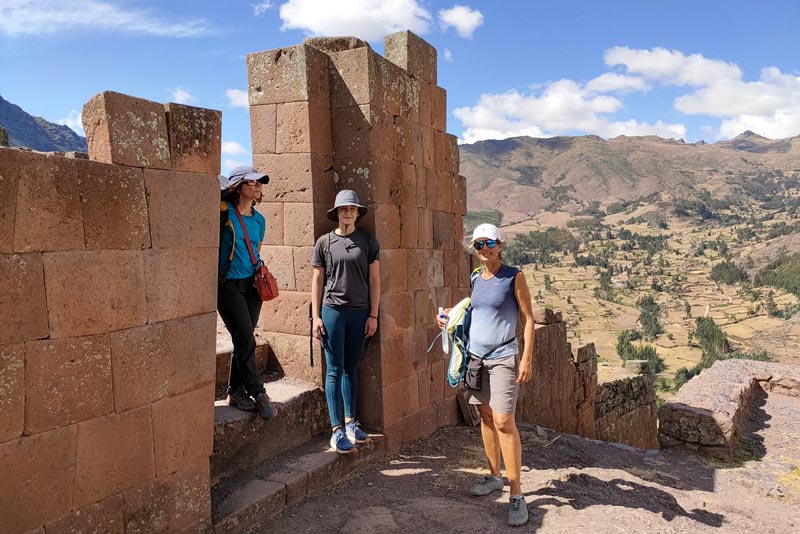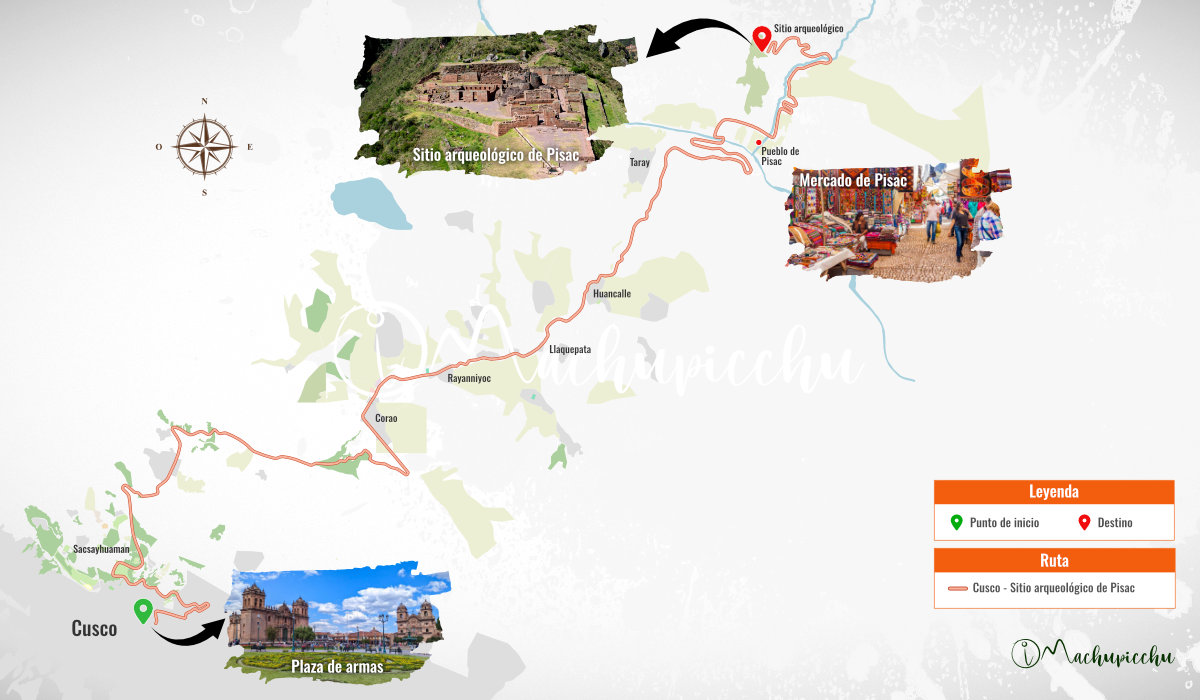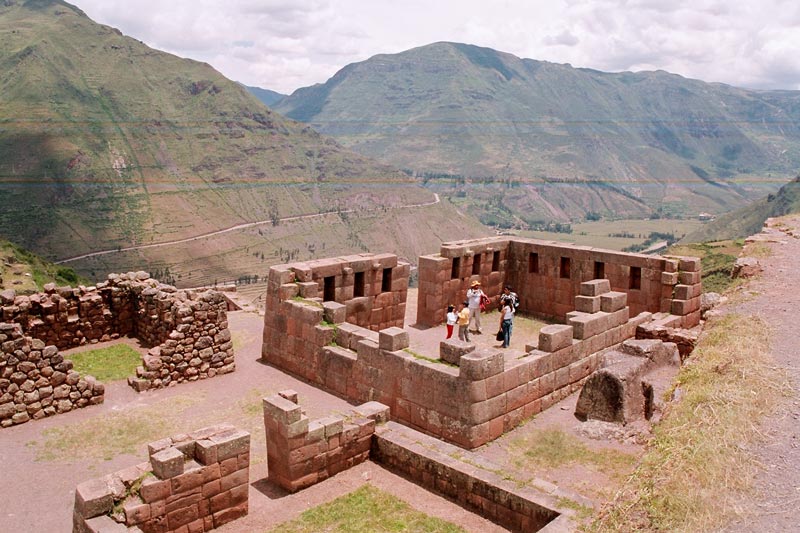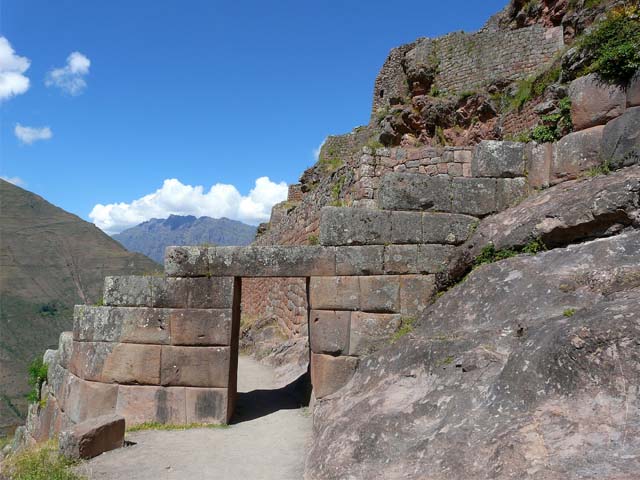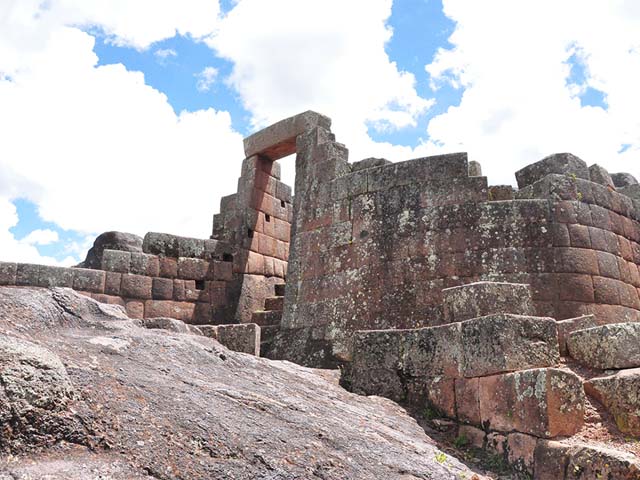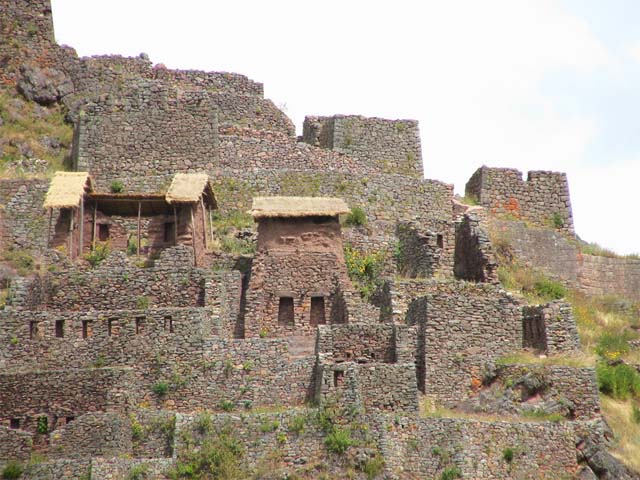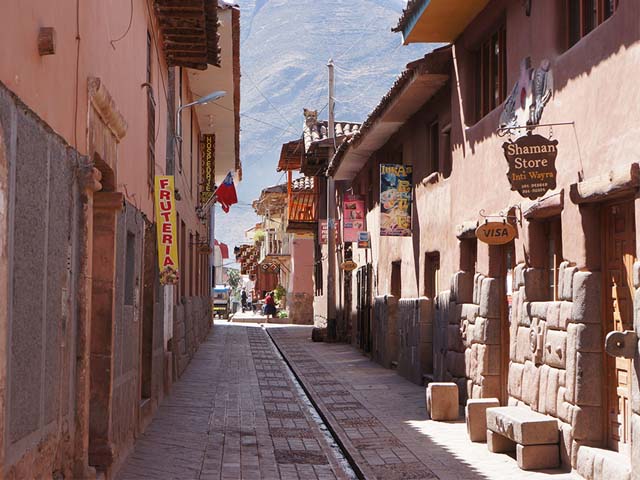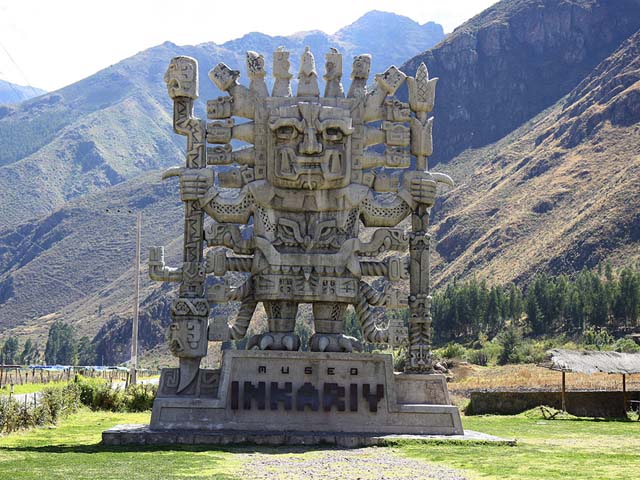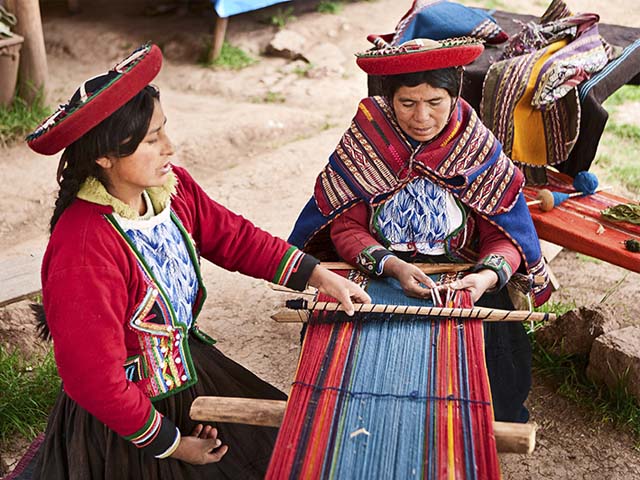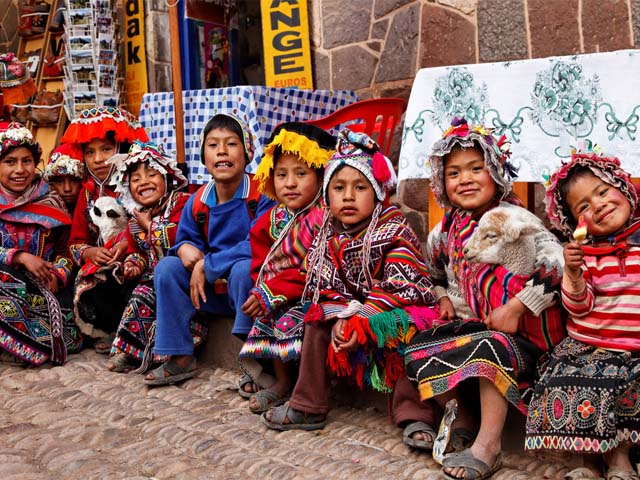Planning a trip to Pisac
Pisac is one of the most beautiful towns in the Sacred Valley of the Incas. Located at the eastern end of the valley, it was once a mandatory stop on the way to Machu Picchu. Today, it’s a destination in itself. Thousands of people come to the town of Pisac, not only for its incredible Inca ruins or its world-famous artisan market. It’s also the spiritual center of the Sacred Valley of the Incas and a place where you can learn about and experience Inca natural medicine. Every street in Pisac tells a story of its incredible Inca-colonial legacy and of the people from all over the world who decided to spend time, or their entire lives, in this picturesque town. If you’re planning a trip to Pisac, here’s something you should keep in mind.
- How to get to Pisac?
- What to do in Pisac?
- Cusco tourist ticket
- What is Pisac like?
- Important information about the excursion to Pisac
- Frequently Asked Questions
How to get to Pisac?
One of the best ways to get to Pisac is on an organized tour of the Sacred Valley of the Incas; but if you want more time in Pisac, perhaps even a few days, you’ll need to know how to get there on your own.
By bus
Buses and minivans run from Cusco to Pisac throughout the day; they depart from Puputi Street, 15 minutes from Cusco’s main square. It takes about 45 minutes to get to Pisac and tickets cost S/. 7 (US$2). In Pisac, you’ll find buses to other locations in the Sacred Valley. You can walk uphill for a few minutes and you’ll find the town’s main square, where you’ll find an incredible artisan market. Although you can visit it every day, the best day to visit the Pisac artisan market is Sunday.
By taxi
A taxi from Cusco to Pisac can cost between S/50 and S/80 (US$15 and US$25). To save some money, you can take a shared taxi (colectivo), which will cost around S/10 (US$3) per person. You can find these cars near the bus terminal on Puputi Street.
On Tour
The classic Sacred Valley day tour is an excellent option for exploring the town of Pisac. It’s the first stop, where you’ll also have time to explore its artisan market and main square. Afterward, you’ll visit Urubamba with a quick lunch stop, followed by a visit to Ollantaytambo and finally Chinchero. There’s also a VIP experience, which also includes visits to Maras and Moray.
What to do in Pisac?
Pisac is world-renowned for its incredible Inca buildings, comparable to those found in Ollantaytambo and Machu Picchu; but it’s not just the ruins; Pisac has plenty to offer.
The view from the cliff where the Pisac ruins are located was where the imperial commanders guarded the entrance to the Sacred Valley of the Incas, and from where you can get the best views of the site. However, you cannot enter the Pisac ruins and other sites without the Cusco Tourist Ticket.
Visiting the streets of Pisac is a destination in itself. You’ll see how its architecture, with its many Inca roots, blends with those of the colonial era. Its colorful plaza, lush green surroundings, and the small size of its town make it easy to explore, or you can take one of the popular “moto taxis” found throughout the Sacred Valley.
Pisac is also a cultural stopover. Visitors of various nationalities create a rich diversity, which is reflected in holistic wellness centers, such as meditation and yoga centers, and even venues where you can perform spiritual ceremonies and try Ayahuasca or San Pedro. It’s a much more immersive adventure that gives you a unique perspective on this place and its traditions.
Cusco tourist ticket
The Cusco Tourist Ticket (tourist pass) is essential for visiting some sites in the Sacred Valley, particularly the Pisac archaeological site, Ollantaytambo, and the town of Chinchero. You can purchase the ticket at any of these locations if you didn’t buy it in Cusco before traveling to the valley. You can also purchase a partial tourist ticket if you only want to visit the sites in the Sacred Valley, of course, if you’re not planning to use the full ticket, which includes the main tourist attractions in Cusco .
Cusco Tourist Ticket
The Cusco tourist ticket has three circuits, each of which allows you to visit various tourist sites in the region: Circuit one will take you to the city’s main archaeological sites; circuit two will give you admission to museums and some archaeological sites in the South Valley; circuit three will take you to the main Inca citadels in the Sacred Valley. There is also a comprehensive tourist ticket that combines all of these circuits, allowing you a more complete adventure.
What is Pisac like?
Pisac is a magical town, one of the most charming in the Sacred Valley, where you can discover its landscape, filled with mountains and valleys that make this small Andean town so enchanting. Pisac also boasts one of the best climates, ideal for acclimatizing and spending your first few days of your trip before exploring Machu Picchu.
| Main features of Pisac | |
|---|---|
| Category | Description |
| Location | Sacred Valley of the Incas, Cusco region, 33 kilometers from the city of Cusco. |
| Altitude | Approximately 2,972 meters above sea level. |
| Main attractions | Pisac archaeological site, colonial streets, craft market, and its biodiversity. |
| Colonial architecture | San Pedro Apóstol Church, main square and narrow cobbled streets. |
| Accessibility | Easy access from Cusco by public or private transport (approximately 1 hour). |
| Gastronomy | Dishes include roast guinea pig, quinoa soup, and homemade empanadas. |
| Climate | Temperate, with two seasons: dry (April-October) and rainy (November-March). |
| Ideal for | Cultural, archaeological, gastronomic and experiential tourism. |
Important information about the excursion to Pisac
- You can get information about Pisac and the rest of the Sacred Valley at the tourist information offices, located at Mantas Street 117-A, one block from Cusco’s Plaza de Armas.
- You’ll find an ATM in Pisac’s Plaza de Armas; we recommend exchanging your money for soles, especially if you plan to visit Pisac’s artisan market.
- You can purchase a tourist pass on-site if you only want to see the village of Pisac. However, you can’t wait until you arrive in Cusco to purchase Machu Picchu tickets; these must be booked well in advance.
- Pisac is just an hour from Cusco, and during the trip you’ll be able to appreciate beautiful landscapes. Before arriving, you’ll find the Taray viewpoint, from where you can appreciate all the magic of the Sacred Valley.
- If you don’t usually travel to an altitude like Cusco (3,399 meters above sea level), remember that you must acclimatize during the first few days to avoid altitude sickness. Pisac is an ideal place to do so thanks to its climate and light activities you will find.
- Pisac and the Cusco region have two distinct seasons: the dry season (April to October) and the rainy season (November to March). Each season has its own benefits, but if you want sunnier, clearer days, the dry season is ideal for you.
- Thanks to Pisac’s geographical diversity, you can enjoy excursions through its biodiversity-filled countryside, a relaxing day away from the hustle and bustle of the city.
Frequently Asked Questions
1) What is the best way to get to Pisac on my own?
The easiest and cheapest option is to take a bus or minivan from Puputi Street in Cusco. The trip takes about 45 minutes and costs around 7 soles. You can also take a shared or private taxi if you’re looking for more comfort.
2) Is it better to visit Pisac with a tour or independently?
Depending on your time, if you want to make the most of the Sacred Valley in a single day, a tour is a good option. But if you’re interested in staying longer in Pisac, traveling independently is ideal.
3) What do I need to enter the Pisac archaeological site?
You’ll need the Cusco tourist ticket for tour 3. You can purchase it at the entrance to the archaeological site or in advance in Cusco.
4) Is the Pisac craft market worth visiting?
Definitely yes, it’s one of the most colorful, traditional, and comprehensive in the entire country. Inside, you can find textiles, ceramics, jewelry, and local art.
5) What can I do in Pisac besides visiting its archaeological site?
In addition to its archaeological site, Pisac is ideal for strolling through its colonial streets, enjoying its plaza, visiting ancestral medicine centers, or participating in spiritual ceremonies. You can also take peaceful hikes through its natural surroundings.
6) What is the weather like in Pisac?
The climate is mild and pleasant. The dry season (April to October) is ideal for hiking, with clear skies. From November to March, it rains more frequently, but the landscape becomes greener.
7) Is it safe to travel alone to Pisac?
Yes, Pisac is a safe and peaceful place. Many travelers visit alone without any problems. Just take basic precautions, as in any tourist destination.
8) Can I acclimatize in Pisac before going to Machu Picchu?
Yes, it’s an excellent idea. Pisac is at a lower altitude than Cusco, so it’s ideal for spending a day or two acclimating before tackling more challenging hikes.
9) Is it worth staying overnight in Pisac?
Absolutely. Staying in Pisac allows you to experience a more peaceful and authentic experience in the Sacred Valley. Plus, there are accommodations for all tastes, from rustic retreats to spaces focused on wellness and meditation.
10) How high is Pisac?
Pisac is located 2,972 meters above sea level, where you can enjoy a temperate climate.
Advice from people who have been there
 By: Akemy L.
By: Akemy L.“Incredible town“
“It became my favorite place in the Sacred Valley of the Incas, the town is amazing, beautiful and very large, I went on a tour of the Sacred Valley of the Incas; I recommend going only to this site and dedicate more time. The tour of the valley does not allow you to fully enjoy what it has to offer.“
By Ticket Machu Picchu – Last updated, July 7, 2025
